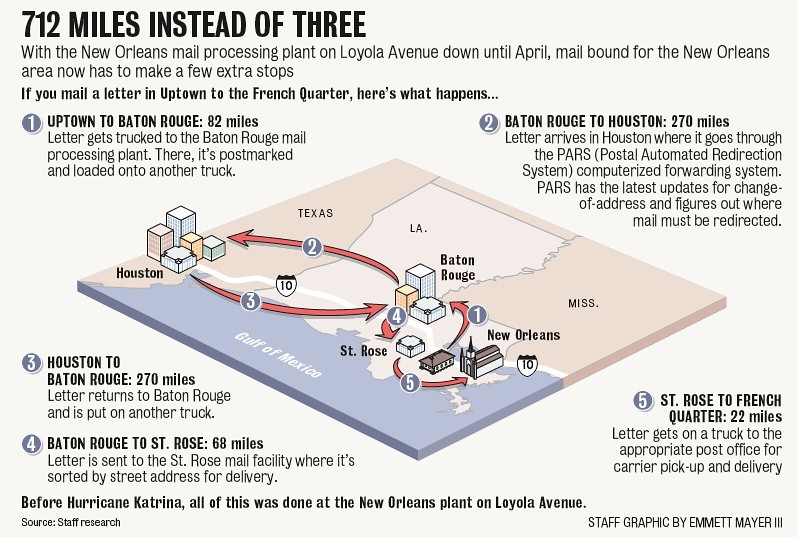
Obviously this is not an efficient way of delivering mail. But when the direct method is not available, an inefficient workaround is usually better than nothing. I wonder what service level is being achieved by this workaround, and who is paying the extra cost? I also wonder how quickly it was possible to put this workaround into operation, and how long it will persist.
From a systems engineering point of view, I am interested to note the architectural characteristics of the postal system that makes this kind of workaround possible. Among other things, this assumes a high degree of interoperability and consistency between the various locations involved.
See my previous posts on Efficiency and Robustness
No comments:
Post a Comment